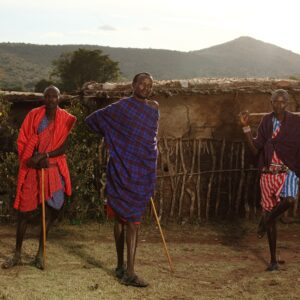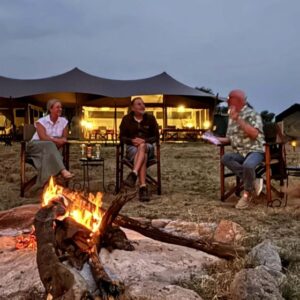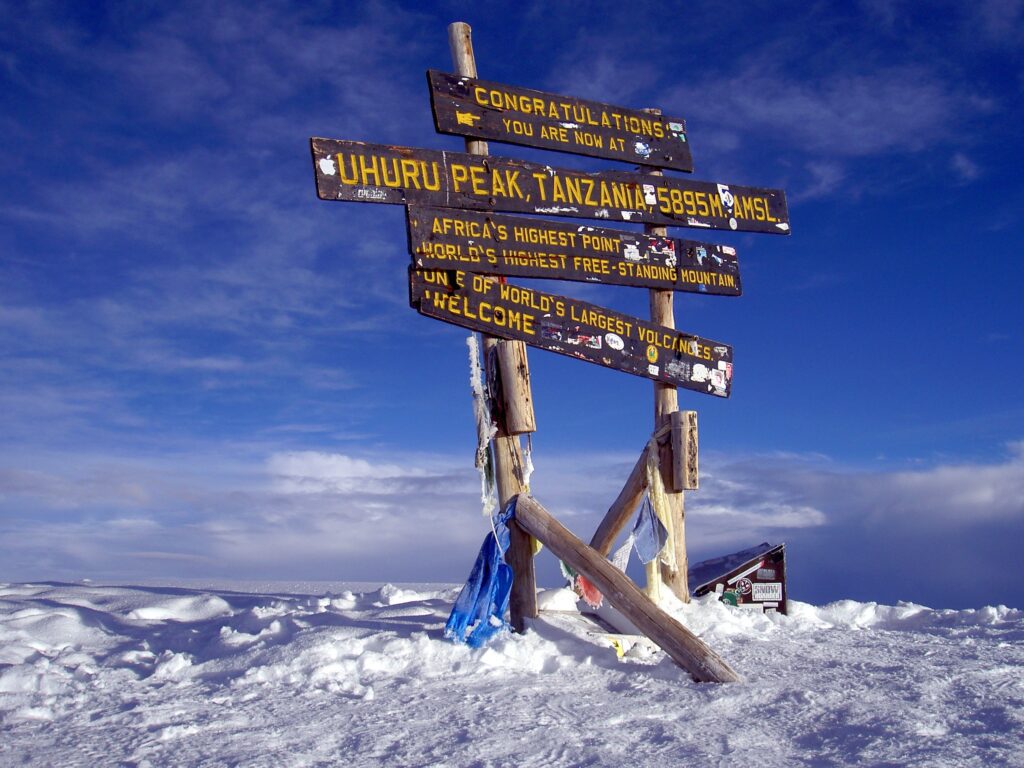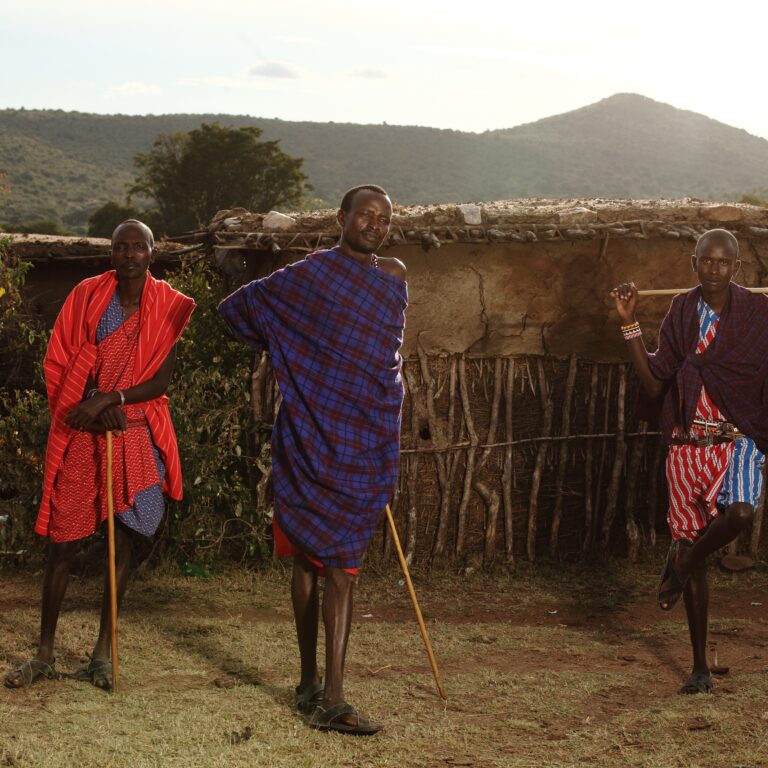Planning the ultimate East Africa safari is an exciting and rewarding adventure that promises unforgettable wildlife experiences, scenic landscapes, and rich cultural encounters. East Africa is home to some of the world’s most iconic national parks, reserves, and wildlife experiences. From the Great Migration in the Serengeti to trekking mountain gorillas in Rwanda, the possibilities are endless. However, to make sure your safari is smooth, enjoyable, and memorable, there are several key considerations to keep in mind. Here’s a comprehensive what to consider when planning your ultimate East Africa safari guide to planning your ultimate East Africa safari.
When planning an East African safari, key considerations include: your budget, preferred safari style, desired wildlife sightings, the best time of year to visit based on seasonality, accommodation options, location within East Africa (like Kenya or Tanzania), choosing a reputable safari operator, necessary vaccinations, and whether you want to incorporate cultural experiences; all while respecting the natural environment and wildlife.
1. Choose the Best Safari Destinations in East Africa
One of the first decisions you’ll face when planning your East Africa safari packages is deciding where to go. East Africa comprises several countries, each with unique features and landscapes, offering different safari experiences. Best Advice for Planning An African Safari. A Beginner’s Guide to Planning Your First African Safari. Africa Travel Tips & Advice from the Experts. Best way to do an African safari. Some of the must-visit destinations in East Africa include:
Kenya is home to the world-famous Maasai Mara National Reserve, where the Great Migration takes place every year, attracting wildlife enthusiasts from all over the world. The Maasai Mara offers excellent opportunities for game drives, including sightings of the Big Five (lions, leopards, elephants, rhinos, and buffalo). If you’re looking for spectacular views of Mount Kilimanjaro, Amboseli National Park is an ideal location, known for its elephants and breathtaking landscapes.
Tanzania is another top destination for safaris, with its wealth of national parks, including Serengeti National Park, which is synonymous with the Great Migration. The Ngorongoro Crater, a UNESCO World Heritage site, offers one of the best places to see wildlife in East Africa in a concentrated area. Lake Manyara National Park is perfect for birdwatching, with flamingos frequently seen along the shores.
For those looking for a unique experience, Uganda is renowned for its mountain gorillas. Bwindi Impenetrable Forest is one of the best places in the world to trek and observe these magnificent creatures. Uganda’s diverse ecosystems offer a range of safari experiences, from forest walks to boat safaris on Murchison Falls.
Like Uganda, Rwanda is famous for gorilla trekking. The Volcanoes National Park is a hotspot for gorilla encounters, and trekking here offers an intimate experience with the mountain gorillas in their natural habitat. Rwanda is also home to Akagera National Park. Where you can enjoy traditional game drives and experience a variety of wildlife, including the Big Five.
Zanzibar: Though not a traditional safari destination, Zanzibar is perfect for those wanting to combine a safari with a relaxing beach holiday. The island offers pristine beaches, clear waters, and vibrant cultural experiences, making it the ideal place to unwind after a safari adventure.
2. When to Go: Timing Your African Safari for Optimal Wildlife Viewing
The timing of your safari will greatly influence your experience, and choosing the right time to visit depends on various factors, including weather, wildlife movements, and crowd levels.
The Dry Season (June to October): The dry season is considered the best time to visit East Africa, especially for wildlife viewing. During this period, the weather is warm and sunny, and the animals gather around water sources, making them easier to spot. The Great Migration in Tanzania’s Serengeti and Kenya’s Maasai Mara is at its peak between July and October, which is when millions of wildebeest, zebras, and gazelles travel across the plains. This is also the best time for game drives, as there’s less vegetation, making it easier to see wildlife.
The Wet Season (November to May): The wet season is a quieter time to visit East Africa, with fewer tourists and lush landscapes. While the rains can make certain roads and trails less accessible, the green season is great for birdwatching and seeing the landscape come alive. In Uganda and Rwanda, gorilla trekking remains a popular activity during this period, and some travelers prefer it due to fewer crowds and lower prices.
3. Choose the Activities and Wildlife Experiences
East Africa offers a variety of safari experiences, from traditional game drives to more specialized activities that allow you to connect with nature in unique ways. Here are some of the top activities to consider when planning your safari:
Game Drives: A classic game drive is the centerpiece of most safaris. During a game drive, you’ll explore the park in an open 4×4 vehicle, led by a skilled guide who will help you spot wildlife and provide in-depth information about the animals and ecosystems. In places like the Serengeti, Masai Mara, and Ngorongoro Crater, you’ll have the opportunity to see large herds of elephants, prides of lions, and a wide variety of wildlife.
Gorilla Trekking: If you’re looking for a once-in-a-lifetime experience, gorilla trekking in Rwanda or Uganda should be on your list. These treks take you through dense forests to find mountain gorillas in their natural habitat. The experience is both humbling and thrilling, as you come face-to-face with these endangered creatures.
Walking Safaris: For those who want a deeper connection with nature, a walking safari is an excellent way to experience the African wilderness. Guided by a knowledgeable ranger, you’ll walk through the bush and learn about the plants, animals, and ecosystems that make East Africa unique. Walking safaris are offered in parks like Selous Game Reserve in Tanzania and Masai Mara in Kenya.
Birdwatching: East Africa is a paradise for birdwatchers, with over 1,000 species of birds across the region. Lake Nakuru in Kenya is famous for its flamingo populations, while Tarangire National Park in Tanzania is known for its diverse birdlife, including the rare yellow-eyed starling. Whether you’re an avid birdwatcher or a casual observer, East Africa’s avian diversity is impressive.
4. Accommodation: Choosing the Right Lodging
East Africa offers a wide range of accommodation options, from luxurious lodges to more rustic, adventurous campsites. Your choice will depend on your budget, comfort preferences, and the kind of safari experience you seek.
Luxury Lodges: For those seeking comfort and luxury, East Africa has several high-end lodges and tented camps. These accommodations often offer gourmet meals, private plunge pools, and spectacular views of the surrounding landscapes. Lodges like Singita Serengeti and Angama Mara provide a lavish, all-inclusive experience, with personalized service and unparalleled wildlife viewing.
Mid-range lodges and camps offer great value for money, providing comfortable accommodations and excellent service without the hefty price tag. Options like Kilimamoja Lodge in Tanzania or The Mara Explorer Camp in Kenya offer a perfect blend of comfort and adventure, with all the essentials for an enjoyable safari experience.
Camping: For a more immersive and adventurous experience, camping in East Africa offers a unique way to enjoy the wilderness. Many parks have mobile camps that provide rustic yet comfortable accommodations, with the added thrill of sleeping under the stars. This is perfect for those who want to feel truly connected to nature.
5. Get the Necessary Vaccinations and Travel Insurance
Health and safety are paramount when traveling to East Africa. It’s essential to take the necessary health precautions before your trip. Make sure to check with your doctor about required vaccinations, including yellow fever, typhoid, and malaria prophylaxis. Travel insurance is also highly recommended in case of illness, accidents, or trip cancellations.
6. Budgeting for Your Safari
Safari costs can vary significantly depending on the type of accommodation, activities, and destinations you choose. Luxury safaris tend to be more expensive, while budget safaris offer a more affordable option. It’s important to determine your budget in advance and plan your safari accordingly. Additionally, consider other costs such as visas, park fees, tips, and flights.
Accommodation: Budget camping safaris ($100–$300 per day) vs. mid-range lodges ($350–$700 per day) vs. luxury tented camps ($800–$2000 per day). Transport: Private safaris are more affordable than private safaris. Activities: It can be cost you around (~$700–$1500 per person), game drives are usually included in safari packages.
7. Consider Hiring Local Guides or Tour Operators
Hiring a local guide can significantly enhance your safari experience. They offer invaluable knowledge about the flora, fauna, and culture of the region and can help you spot elusive wildlife you might miss on your own. If you’re booking a tour, research reputable operators who prioritize responsible and sustainable tourism.
8. Packing Essentials for Your East Africa Safari
Proper packing is crucial for your safari. The climate can be variable, ranging from hot days to cooler nights, and you will likely participate in various activities such as game drives, walking safaris, and possibly even gorilla trekking.
Clothing: Pack lightweight, breathable clothing in neutral colors like khaki or olive to blend in with the surroundings. Avoid bright colors, which can startle wildlife. Layers are essential for early morning and evening game drives when temperatures can drop significantly.
Footwear: Comfortable, sturdy footwear is crucial for walking safaris and trekking. Good hiking boots will protect you from the rough terrain. While sandals or camp shoes are ideal for relaxing at your lodge.
Other Essentials: In addition to clothing, pack a high-quality camera, binoculars, insect repellent, and sunscreen. A first-aid kit with personal medications and rehydration salts is also a good idea. Especially if you’re venturing into remote areas.
9. Choose the Right Safari Experience for You
Your safari experience can range from luxurious lodges to basic camping trips. It is important to choose a safari style that matches your expectations, budget, and comfort level.
Luxury Safaris: Comfort and Adventure Combined. If you prefer to combine adventure with luxury, a luxury safari is the perfect option. These safaris offer private game drives, gourmet dining, and accommodations in high-end lodges or tented camps. You will enjoy personalized service and the opportunity to observe wildlife in style and comfort.
Mid-Range Safaris: Affordable Yet Comfortable. A mid-range safari offers a balance of comfort and affordability. Stay in well-located lodges or tented camps that provide excellent service without the high price tag. These safaris typically include guided game drives and some cultural excursions. Making them a great option for most travelers a first-time guide to East Africa.
Budget Safaris: A Rustic and Immersive Experience. For those on a tighter budget, budget safaris provide an opportunity to experience East Africa’s wildlife with fewer luxuries. These safaris may involve camping in national parks or staying in basic lodges ultimate guide to plan a budget-friendly safari in East Africa . Though the accommodations are simpler, the experiences are just as rewarding for the adventurous traveler.
Photographic Safaris – Specialized tours for professional and amateur photographers.
Hot Air Balloon Safaris – Experience breathtaking aerial views over the Serengeti or Maasai Mara.
10. Be Ready for Early Morning and Evening Game Drives
Wildlife is most active during dawn and dusk, making early morning and late afternoon game drives the best times for sightings. Prepare for cool morning temperatures with warm layers. Carry a thermos with coffee or tea to enjoy during sunrise.
11. Consider Adding Cultural Experiences
East Africa is home to a rich diversity of cultures. Many safari lodges and camps offer cultural excursions where you can visit local villages, learn about traditional lifestyles, and engage with communities through dances, crafts, and storytelling. Be sure to ask for permission before taking photos and consider purchasing local crafts to support the community.
- Visit a Maasai village in Kenya or Tanzania to learn about traditional customs as the ultimate guide to planning your first safari adventure.
- Experience the Hadzabe tribe near Lake Eyasi, one of the last hunter-gatherer communities.
- Explore Stone Town in Zanzibar, a UNESCO World Heritage site rich in history.
- Taste local cuisine, such as Ugali, Nyama Choma, and fresh seafood from coastal regions.
- These cultural interactions enrich your trip and offer a deeper appreciation of East Africa’s heritage.
12. Start Planning Early
Booking your safari at least 6-12 months in advance ensures availability, especially for peak seasons. Permits for gorilla trekking in Uganda and Rwanda sell out quickly. So reserve them early planning your ultimate East Africa safari. Advance planning also allows you to secure the best rates on flights, lodges, and safari packages. Start planning in advance as in the Great Migration season could get tight and you might miss the opportunity to find the perfect safari booking spots. The availability of the safari organizers might not correspond to the desired duration of your safari tour. This means that you will have to settle for less, which we don’t want to happen in such an incredible lifetime occasion
Final Thought
Planning your ultimate East Africa safari involves a lot of decision-making, but it’s worth every bit of effort. From selecting the right destinations and timing your trip to choosing the best activities and accommodation. Each decision will help create a safari experience tailored to your preferences. Whether you’re seeking the thrill of a game drive, the tranquility of birdwatching, or the awe of gorilla trekking. East Africa offers something for everyone. With careful planning and a spirit of adventure. Your safari will be an unforgettable experience that you’ll cherish for years to come.








